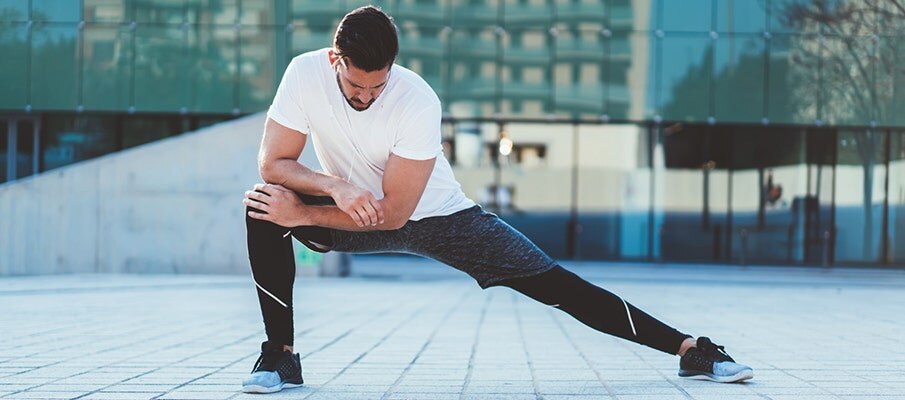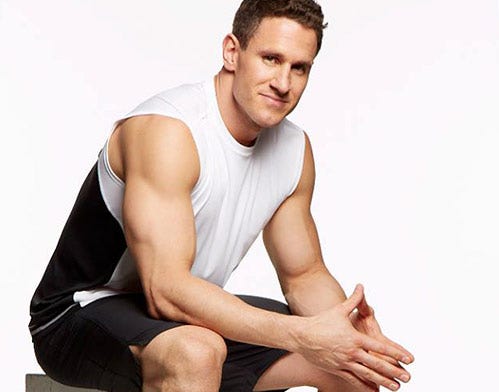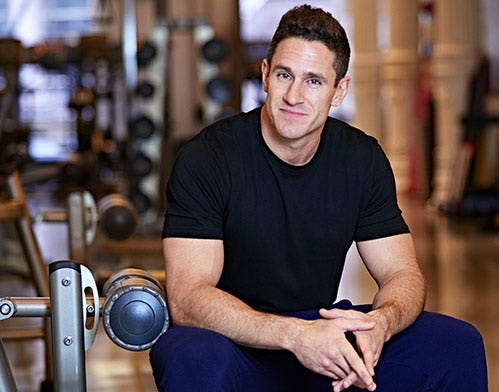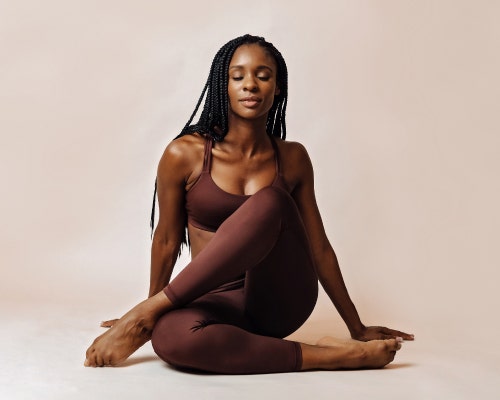Mobility vs Flexibility: How They Differ and Why We Need Both
- 11/28/23


How you move matters. Having good joint mobility allows us to easily do daily activities like getting out of the car, putting on clothes, and washing our hair. Yet, many of us overlook mobility training that can help us move more easily.
What exactly is mobility? The term is often used interchangeably with flexibility and stability. However, think of mobility as more of an umbrella term that includes flexibility, stability, and strength, but to a lesser extent. Mobility is how easily your joints can move through their range of motion. As we all know, mobility can and will change over time and is greatly affected by various lifestyle factors.
Let’s explore mobility training and ways to add it to your fitness routine to benefit you now and in the future.
Mobility vs. Flexibility
If you’ve ever pulled a muscle in your back or woke up with a crick in your neck, you’ve become acutely aware of just how crucial joint mobility is to everyday life. Mobility, or being able to move our joints through their full range of motion, allows us to move freely and comfortably during exercise and throughout the day.
Flexibility generally refers to how you’re able to stretch a targeted muscle group. Mobility refers to how single or multiple joints are able to move, which could involve more than one muscle group in your body.
There’s some overlap between mobility and flexibility because exercise that improves flexibility can also have the added benefit of improving mobility, and vice versa.
The Importance of Mobility Training
Mobility becomes invaluable as we age, but we can benefit from mobility training during any season of life. Older adults actively pursuing mobility training show improvements in movement and mobility.
Mobility training isn’t just for the aging adult. Coaches in youth sports programs incorporate mobility exercises as part of an athlete's training plan. Mobility exercises can help activate key muscle groups needed during a workout, allowing the athlete to have more fluid movements during exercise and potentially reducing the risk of injury.
Mobility Training Exercises
The American College of Sports Medicine recommends flexibility training at least 2 to 3 times per week, while daily stretching is the most effective. Mobility training can be part of this routine. Each exercise should be held for at least 10 to 60 seconds.
Here are 5 everyday exercises you can add to any workout routine to promote good joint mobility.
Cat and Cow
Cat and Cow is a movement that promotes the flexibility and mobility of the neck, spine, and shoulders. Begin this position on the floor with knees directly under hips and hands under shoulders.
Gently arch your back like a cat, creating space between your shoulder blades. Slowly move into the cow pose by moving your belly button toward the floor, while keeping your hips and shoulders high.
Lateral Lunges
Most cardio activities, such as walking, jogging, cycling, and elliptical training, keep our hips in one plane of movement: forward and backward. Lateral lunges help encourage hip mobility by moving the body in a side, or in a lateral plane of movement.
Arm Circles
Doing arm circles targets the muscles surrounding the shoulder joints and can enhance mobility. The important thing to remember while doing this exercise is to do controlled, gentle movements with your arms at shoulder height.
Scapular Push-Ups
If you’re having tightness in your neck or shoulders, scapular pushups are an exercise that can help release that tightness. Unlike a traditional pushup where the arms bend, the arms stay straight in a scapular pushup. However, you will lower and raise your torso using the muscles in between your shoulder blades (aka scapula).
World’s Greatest Stretch
If you had to pick only one mobility exercise to try, it would be what’s called “the world’s greatest stretch”. This exercise begins with a long lunge forward while placing hands on the ground under the shoulders. As you stay in the lunge, open your arm and chest toward the front leg holding the lunge.
For example, if you are lunging forward on your right leg, extend your right arm and open your chest facing your right knee. Then, take a deep breath and enjoy the satisfaction of knowing that every major muscle group is releasing tension.
Ready to improve your mobility? Regardless of where you’re starting, these mobility exercises can help you move comfortably toward your fitness goals.
References:
-
Treacy D, Hassett L, Schurr K, Fairhall NJ, Cameron ID, Sherrington C. Mobility training for increasing mobility and functioning in older people with frailty. Cochrane Database Syst Rev. 2022;6(6):CD010494. doi: 10.1002/14651858.CD010494.pub2.
-
Brooks, T and Cressey, E. Mobility Training for the Young Athlete. Strength and Conditioning Journal. 2013;35(3):p 27-33. doi:10.1519/SSC.0b013e3182823435.
-
Granacher, U., Hortobágyi, T. Exercise to Improve Mobility in Healthy Aging. Sports Med. 2015;45:1625–1626. doi:t10.1007/s40279-015-0405-9.
-
Bushman, Barbara A. Ph.D., FACSM. Flexibility Exercises and Performance. ACSM's Health & Fitness Journal.2016; 20(5):5-9. doi: 10.1249/FIT.0000000000000226.





